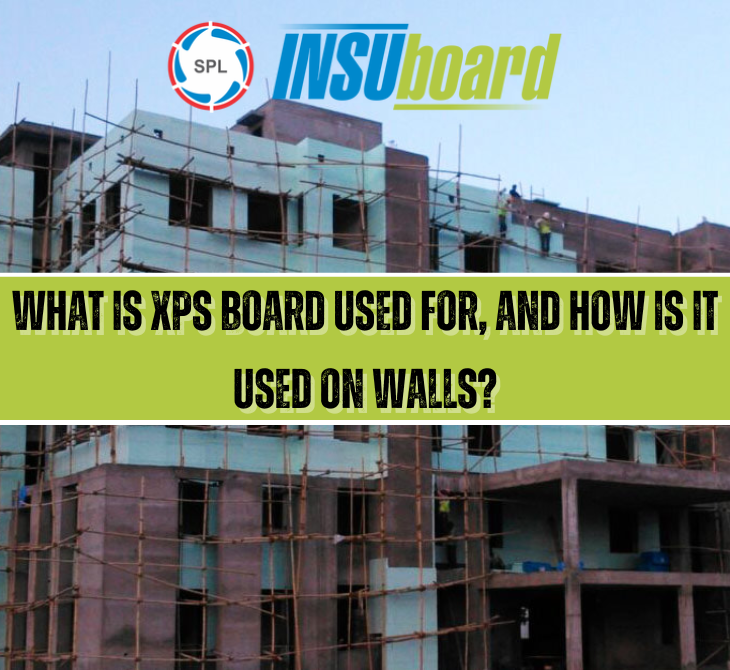What is XPS Board Used For, and How is it Used on Walls?
XPS (Extruded Polystyrene) board, a popular insulation material, has gained significant traction in construction projects due to its versatility, durability, and excellent insulation properties. In this article, we'll delve into what XPS board is used for and how it is effectively utilized on walls.
XPS (Extruded Polystyrene) board, a popular insulation material, has gained significant traction in construction projects due to its versatility, durability, and excellent insulation properties. In this article, we'll delve into what XPS board is used for and how it is effectively utilized on walls.
Understanding XPS Board:
XPS board is a type of rigid foam insulation that is manufactured through the extrusion process of polystyrene pellets. This process creates a closed-cell structure, which enhances its insulation capabilities and makes it resistant to moisture, rot, and mold. The board is available in various thicknesses and sizes to suit different insulation requirements.
Applications of XPS Board:
Insulation: The primary use of XPS board is insulation. It is commonly used in walls, roofs, floors, and foundations to provide thermal resistance and improve energy efficiency. Its high R-value (thermal resistance) makes it an ideal choice for both residential and commercial buildings.
Waterproofing: Due to its closed-cell structure, XPS board effectively repels water, making it suitable for applications where moisture resistance is crucial. It is often used in below-grade insulation, such as basements and crawl spaces, to prevent water infiltration and moisture damage.
Underfloor Heating Systems: XPS board serves as an excellent substrate for underfloor heating systems. Its thermal insulation properties help to maximize the efficiency of the heating system by reducing heat loss through the floor.
Void Filling: In construction, XPS board is also utilized for void filling applications, such as filling gaps and voids in concrete structures. Its lightweight yet durable nature makes it an ideal material for such purposes.
How XPS Board is Used on Walls:
When it comes to wall insulation, XPS board offers several advantages:
Installation: Wall XPS board can be easily installed on both interior and exterior walls. It is typically attached directly to the wall using adhesive or mechanical fasteners. The boards are then sealed at joints and edges to create a continuous insulation layer.
Thermal Performance: By adding XPS board to walls, thermal bridging can be significantly reduced, leading to improved energy efficiency and comfort within the building. The insulation helps maintain consistent indoor temperatures by minimizing heat transfer through the walls.
Moisture Resistance: Walls are susceptible to moisture intrusion, which can lead to mold growth and structural damage. XPS board, with its moisture-resistant properties, acts as a barrier against moisture, keeping the walls dry and preventing issues associated with dampness.
Sound Insulation: In addition to thermal insulation, XPS board also provides sound insulation benefits, reducing noise transmission between rooms and from external sources.
In conclusion, XPS board is a versatile insulation material widely used in construction for its thermal insulation, moisture resistance, and durability. When used on walls, it contributes to improved energy efficiency, moisture management, and overall building performance, making it a valuable asset in modern construction projects.
